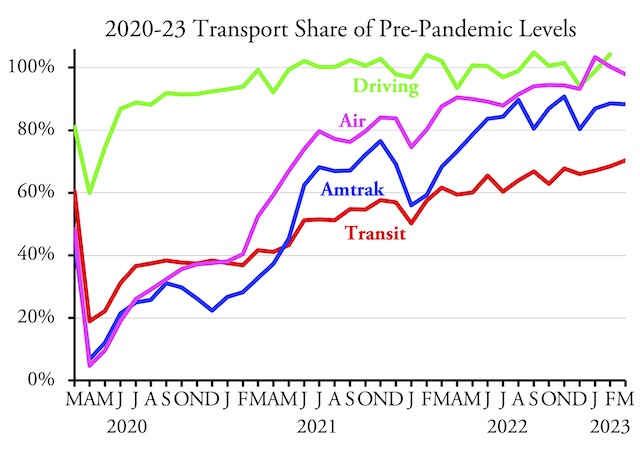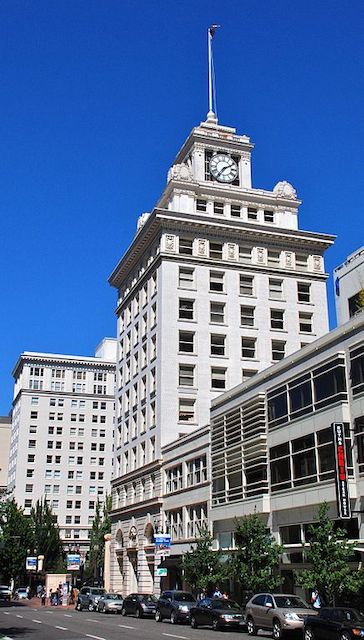Last week, I submitted a draft review of plans to expand St. Louis’ light-rail system to the Show Me Institute, Missouri’s state-based think tank. The region has the biggest light-rail system in the Midwest, yet it is a complete failure. Buses and rail together carried fewer riders in 2019 than buses alone carried in 1993, the year before the first light-rail line opened. Doubling light-rail miles in 2001 and another significant expansion in 2008 both resulted in an overall loss of riders. Yet Metro, the region’s transit agency, wants to build more light rail.
“Our low income St. Louisans are right now being failed by our bus system.” @sarahfenske says the bus system needs to be improved before Metrolink is expanded. #DonnybrookSTL pic.twitter.com/J9YXYKLfZS
— DonnybrookSTL (@DonnybrookStl) March 31, 2023
“Our low income St. Louisans are right now being failed by our bus system.” @sarahfenske says the bus system needs to be improved before Metrolink is expanded. #DonnybrookSTL pic.twitter.com/J9YXYKLfZS
— DonnybrookSTL (@DonnybrookStl) March 31, 2023
My draft report was more than 13,000 words long including an 800-word executive summary. While writing it, I was disappointed but not particularly surprised to find that local media failed to report any significant opposition to Metro’s billion-dollar plan to add 17 miles of new light-rail lines. So I was pleased to watch the above video, in which local reporter Sarah Fenske charged that it was “crazy” to build light rail when the local bus system was “failing” low-income riders and not getting people to their workplaces. To my chagrin, Fenske pretty much summarized in 35 seconds what my long-winded report said in 13,400 words. Continue reading











